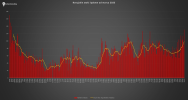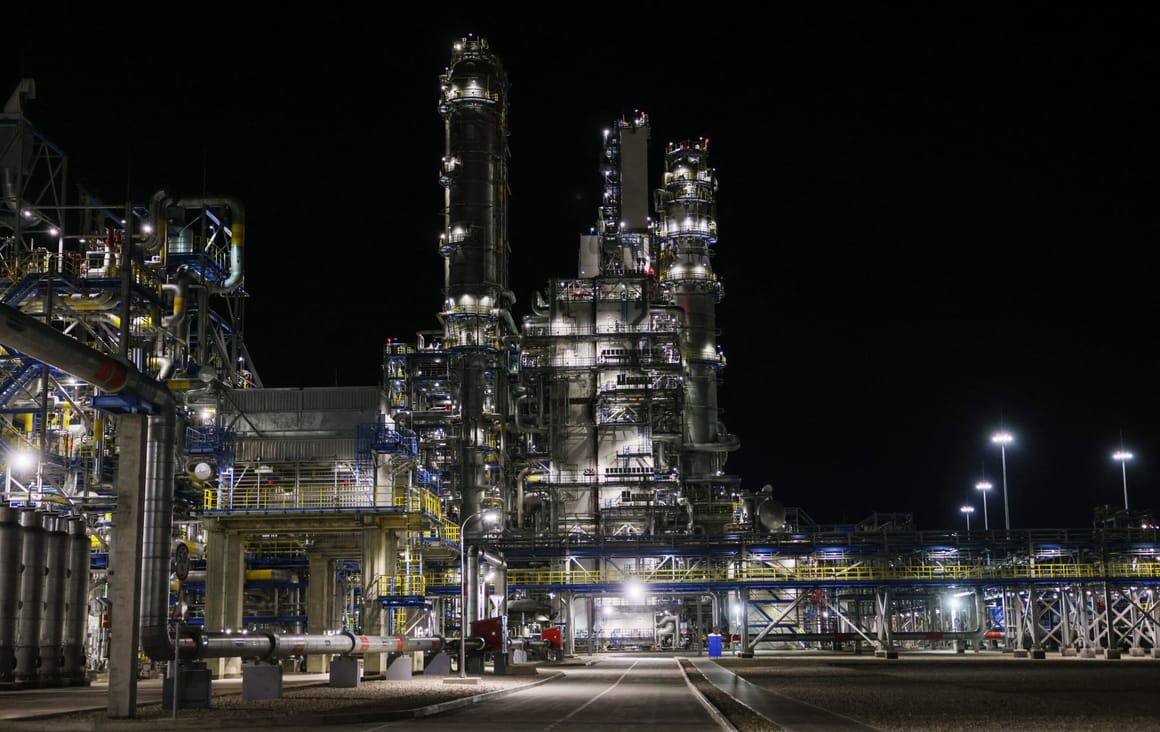Vaikka on vähän turhan kyynistä, en tykkää itsekään, niin on tullut mieleen että jonkinlainen ehkä ääneen sopimaton (mutta täälläkin foorumilla äänen ajateltu) ajatus lännellä tosiaan olisi voinut olla kuluttaa zenäjän voimat Ukrainassa. Loogista USAn ja lännemmän Euroopan kannalta. Mutta nyt kun Ukrainan voimat itärintamalla alkavat lopahtaa, niin olisi herätty siihen että eihän tämä loputtomiin toimikaan ja nyt on syytä antaa aseita tai zenäjä pääsee jonkinlaiseen läpimurtoon. (Ei ehkä mitenkään ratkaisevaan Dniprolle asti, mutta se yksi kiila on nyt ainakin tunkenut kiusallisesti.)
Koska en aivan loppuun asti usko suuriin salaliittoihin tai lännen salaiseen suureen strategiin kaiken takana, niin tämä ei varmaankaan olisi täysin hallittu prosessi, vaan enemmän tavanomaista sähläystä ja eri tahojen sekaista tilannekuvaa.
Hahmotan kuitenkin jotenkin että lännellä on vetkuttelu täytynyt olla jollain tavalla tarkoituksellista, ja nyt onkin yhtäkkiä hätä pöksyissä. Nyt viedään irtoavia aseita Ukrainaan ja toivotaan että se kestää seuraavat kaksi kuukautta.
NYT olisi hyvä hetki F-16 koneiden ilmestyä Ukrainan taivaalle. Ne eivät tosiaan tuolla koulutuksella ja määrällä radikaalisti muuta tilannetta MUTTA ne sopisivat nyt lentotoiminnan vaientamiseen (suppress) itärintamalla. Ryssän hekotoiminta Donetskissa muuttuisi kertaluokkia vaarallisemmaksi, ja myös isompia droneja olisi mahdollista pysäyttää omalla puolella. Sekä pitkillä puikoilla tehdä ryssän oman tukevan ilmatoiminnan hankalammaksi sillä puolella rintamalinjaa.
Tätä teoriaa on tosiaan viljelty jo kesältä 2022 alkaen mutta eipä tuossa mitään tietoista päätöstä ole takana.
Vuosi 2022 loppui Ukrainan kannalta sen verran lupaavasti, että Euroopassa tuudittauduttiin siihen että Ukrainan noin tusina uutta prikaatia länsikalustolla hoitaisi homman seuraavana vuonna ja USA:n tymäkkä tuki jatkuisi.
2023 syksyllä nähtiin sitten ettei vastahyökkäys ollut menestys lainkaan mutta ei puolestaan odotettu että USA:n sisäpolitiikka nousisi suurimmaksi lähitulevaisuuden esteeksi. Trumpetin pelon lietsomana Euroopan sotateollisuuteen saatiin kuitenkin vähän lisää vauhtia.
Enemmänkin kriisitunnelmaksi tämä muuttui joskus maaliskuussa kun USA yhä takelteli ja ryssä otti Avdiivkaa.
Itse uskon, että ollaan parhaillaan aallon pohjassa ja tilanne vakiintuu lähiviikkoina joksikin aikaa. Ukrainan on joka tapauksessa pakko saada se mobilisaatio oikeasti liikkeelle.






